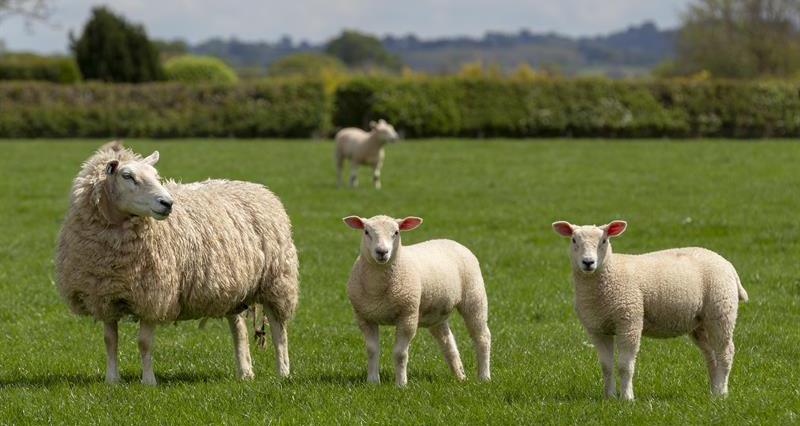With blowfly populations now reaching their seasonal peak, hot weather, especially if followed by rain later in the month, will create conditions that are ideal for flystrike. High levels of vigilance and appropriate strike prevention measures are required.
‘Blow’ refers to the laying of eggs by flies and ‘Strike’ is the damaged caused by the larvae (maggots).
Early signs of strike
- Irritation
- Nibbling at tail head
- Increased swishing of tails
- Rubbing
- Further signs of discomfort in lame animals
Signs of severe strike
- Discoloured/damp fleece
- Fleece loss
- Separation from flock
- Sick animals
- Death (due septicaemia from secondary bacterial infection and release of toxins)
